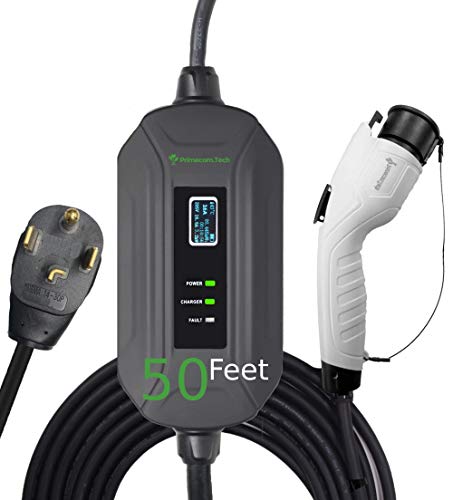Braxus
Active member
For those that have solar, have you done any cost comparisons between PG&E's E-6 vs. the new EV-A tariff schedules or know of anyone that has? From what I understand, EV owners with net metering solar installations can opt for E-6 rates or EV-A rate which is replacing E-9.
PG&E E-6 Rate Schedule
PG&E EV-A Rate Schedule
From my quick glances:
E-6
EV-A
Pros by switching from E-6 to EV-A
Cons of switching from E-6 to EV-A
Note that the numbers are Monday through Friday, and doesn't include weekend/holiday rates.
EDIT: Updated rates effective as of 10/1/2014
PG&E E-6 Rate Schedule
PG&E EV-A Rate Schedule
From my quick glances:
E-6
- Peak rate applies only in summer
- Peak is 1PM-7PM (31.2¢/kWh)
- Partial peak 10AM-1PM, 7PM-9PM (19.7¢/kWh)
- Off-peak (12¢/kWh)
EV-A
- Peak Rate applies in summer AND winter
- Peak is 2PM-9PM (40.7¢/kWh - Summer | 27.6¢/kWh - Winter)
- Partial is 7AM-2PM, 9PM-11PM (21.6¢/kWh | 16.5¢/kWh)
- Off-peak (9.7¢/kWh | 10.0¢/kWh)
Pros by switching from E-6 to EV-A
- Gain a much more lucrative winter time of use (ToU) rate
- No tiered baseline usage caps.
- Part-Peak starts at 7AM instead of 10AM (extra solar generation)
- Higher rate paid for peak and partial peak generation
Cons of switching from E-6 to EV-A
- Peak rate shifts from 1PM-7PM (E-6) to 2PM-9PM (EV-A).
- Things like laundry will need to be moved to 11PM for the off-peak EV-A rates. E-6 off-peak starts earlier at 9PM.
- Shorter off-peak window to use power hungry appliances and to charge your vehicle
Note that the numbers are Monday through Friday, and doesn't include weekend/holiday rates.
EDIT: Updated rates effective as of 10/1/2014
























